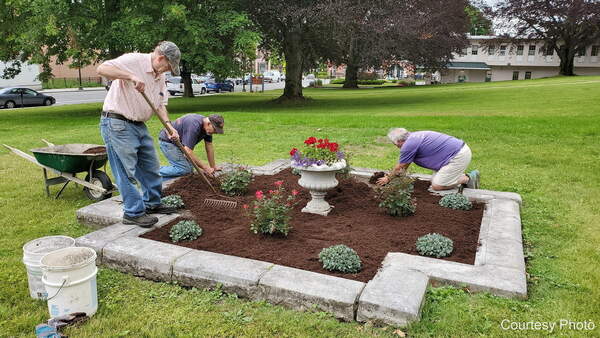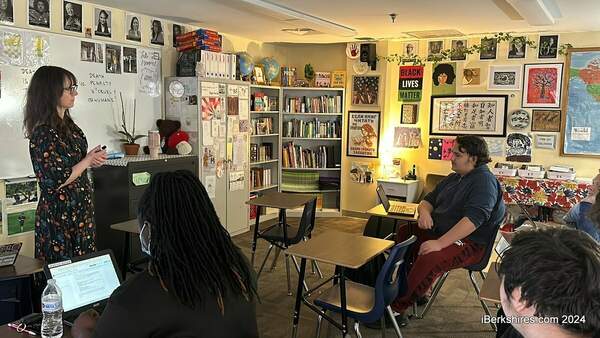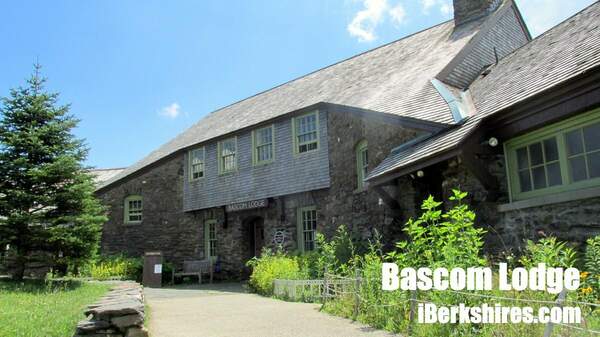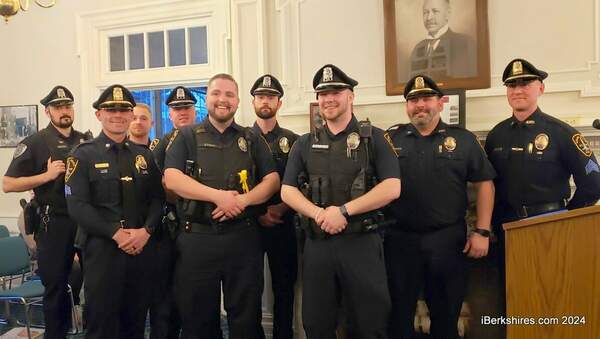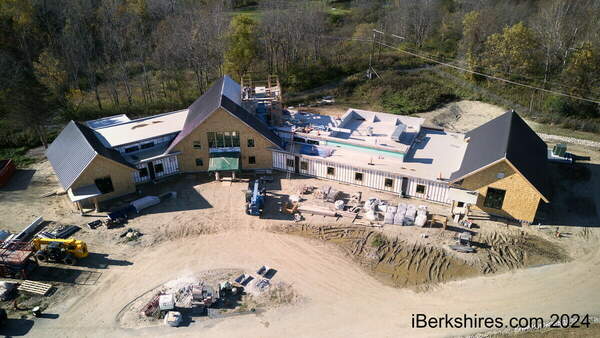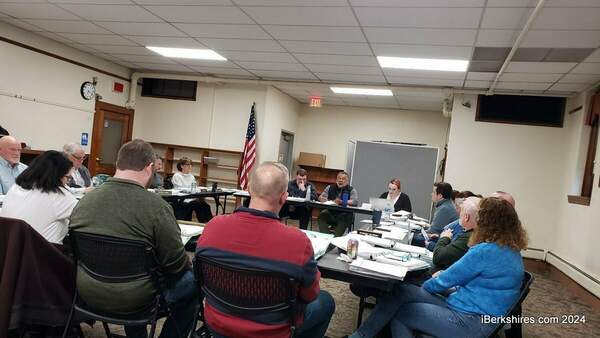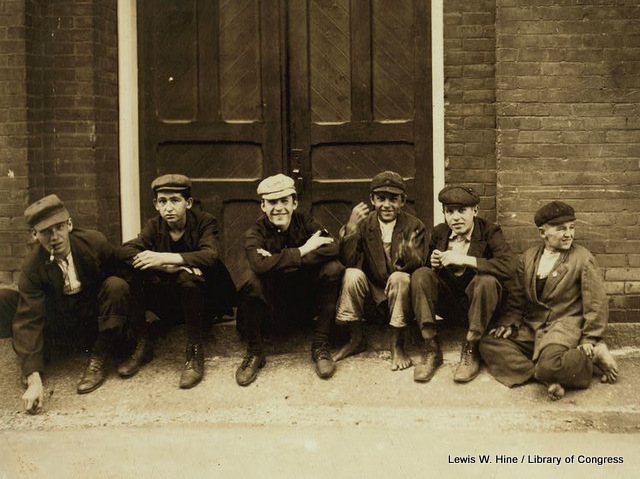
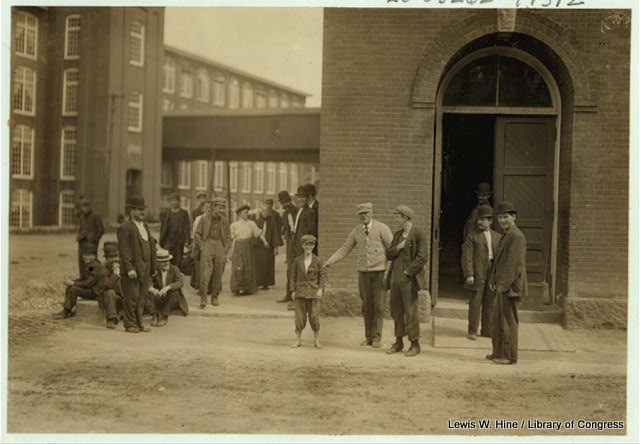
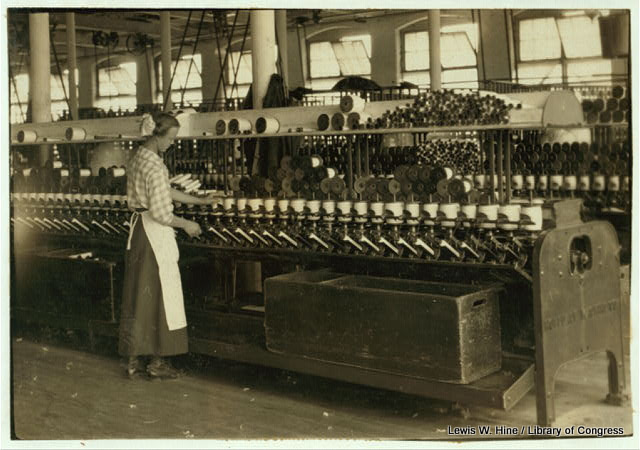
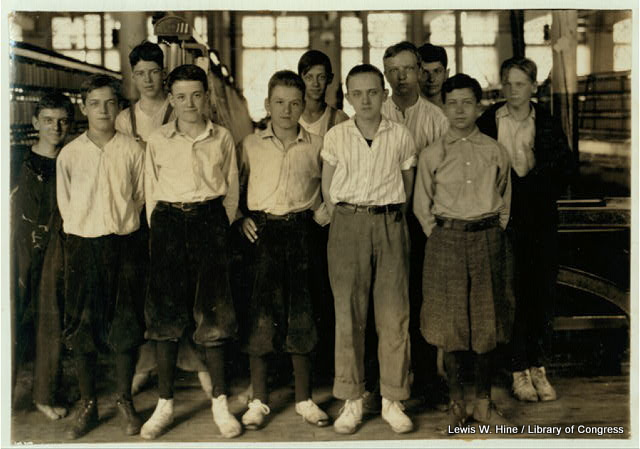
Manning Seeks Out 'Mill Children' as Exhibit Comes to Adams
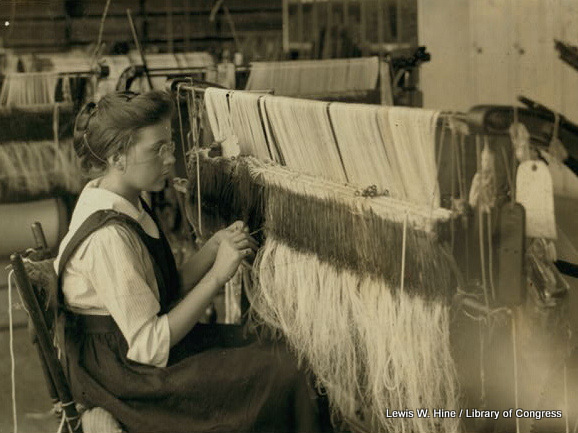 The 'Mill Children' exhibit is coming to Adams this summer. Author and photographic sleuth Joe Manning is hoping to identify some of the children captured working in the Berkshire Cotton Mills by Lewis Hine. The 'Mill Children' exhibit is coming to Adams this summer. Author and photographic sleuth Joe Manning is hoping to identify some of the children captured working in the Berkshire Cotton Mills by Lewis Hine. |
ADAMS, Mass. — Joe Manning is a modern Sherlock Holmes when it comes to chasing down "missing persons" from century-old photographs.
An author and poet, he's perhaps best known in North Berkshire for his work in connecting families to ancestors captured by the camera of Lewis Wickes Hine as they toiled in and around the nation's mills and factories as children.
Manning's latest venture into Hine's world? He's trying to identify the children who worked in the sprawling complex that was Berkshire Cotton Manufacturing.
The photographs will be featured in the "Mill Children" exhibit, presented by the Brill Gallery of North Adams and expected to open this June in the former Waverly mill on Hoosac Street.
"I love what I am doing," said Manning as he sat at a table at Tunnel City Coffee in Williamstown recently. "Whatever makes me tick, I like the uncelebrated and want to celebrate them."
Manning has already identified 350 of the children in the 5,000 photographs Hine took in cotton mills, canneries, coal mines and factories in the United States in an era when children as young as 5 and 6 worked 10 to 12 hours a day in unsafe conditions. Accidents were not recorded then but Hine's photographs show that children's arms were in casts or missing. And sooner or later, unseen hazards would claim the lives of some mill workers: Their lungs damaged by the air thick with cotton dust they breathed.
"Families worked in canneries, mother and four and five children," Manning said. "In some cases, the youngest child had no place else to go when his mother was at work."
Hine was employed by the National Child Labor Committee as an investigative photographer to document child laborers' working conditions in the early years of the last century, and his work was instrumental in child labor reform.
However, there are no Hine's photographs of the children in the Eclipse and Hoosac mills in North Adams or Berkshire Cotton Mills in 1911, Manning said. The mill owners were suspicious of Hine and feared bad publicity so they would not allow him to enter the buildings. But Hine photographed the children outside the mills in early morning as they waited for the doors to open.
When Hine returned to Adams in 1916, he was invited into the mill. The owners were complying with the Child Labor Law that was in force in Massachusetts, and Hine would be able to validate that they were not violating the law.
Under that law, no child between 14 and 16 years of age could be employed unless they had the ability to read, write and spell as required for the completion of the fourth grade of the public school in the city or town in which they resided. An employment certificate would be issued to such children, and the employer was required to keep it available to authorized agents and inspectors.
Both the Eclipse Mill and what's left of the Berkshire Mill have been converted to modern use and, in 2011, the "Mill Children" exhibition was first presented at the Eclipse Mill, marking the centennial of Hine's photographs.
After North Adams, Brill brought the exhibition to Bennington, Vt., and Boston and Fall River.
Manning recalled that Brill wanted to "broaden the scope of the exhibition and make it more interesting.
"Ralph asked realist painter William Oberst and contemporary artist Dawn Nelson to make their own depiction of mill children's lives," said Manning.
"Dawn looked at photographs Hine had taken and then created them on hanging cloth, alluding to what the children were doing in the mill. Her shimmering , impressionistic pictures are not unlike Van Gogh's. You can get the impression of a typical scene in a cotton mill — long line of spinning machines with an alley where the children would toil, overseers watching them with a look that said, 'Get to work.' "
Oberst painted a dozen pictures of mill children, using models dressed in period clothing and his "imagination to create backdrops."
A 12-year-old North Adams girl was the model for Oberst's painting titled "Mill Girl," in which the child is looking at a window in the mill as she stands next to a machine that in reality emitted deafening noise.
"A Hines photograph inspired that painting," said Oberst "The most powerful [of Hine's photographs] were those of children caught in a moment of daydreaming."
The North Adams Public Library has purchased "Mill Girl," which Brill said will be included in the Adams "Mill Children" exhibition for one week, starting on opening day in June.
"We have a very high-quality print of the painting to put in the exhibition, too," he said.
Manning, who has been with the "Mill Children" project since the beginning, said his contribution was to show the outcome of the lives of the mill children.
|
|
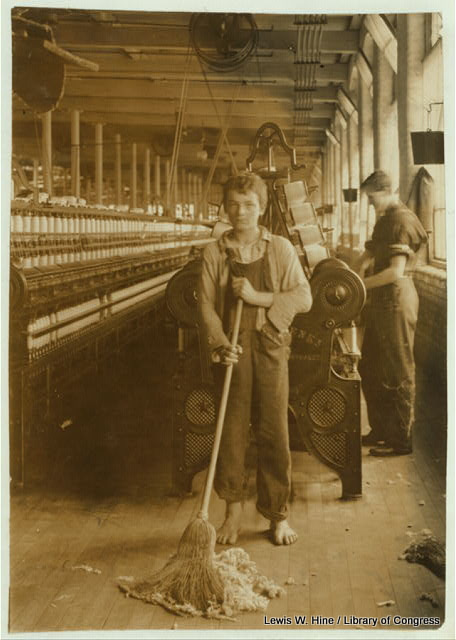 |
"I have fallen in love with the children. When I see them staring at me [from a photo], I want to know what happened to them. I feel obligated to tell their story," he said.
When Manning has no other clue to a child's identify than what the child looks like in Hine's photographs, he turns to crowd sourcing.
"We put the photo in the newspapers, and ask if anyone knows them," he explained, giving an example of how he found the story of one girl. "A woman called me the day she saw the photo and said 'I opened the paper and my mother's face was on the front page.' "
Manning's search does not always end then.
"You need proof," he said. "I ask if the person has a picture of their mother ... at an older age. Then you use forensics [face recognition], which I've studied. There are things that would not change substantially as people get older: how far down do the ear lobes go, how far apart are the eyes?"
Of the 350 stories of mill children Manning has unfolded, only seven or eight of the descendents knew Hine's photos existed.
"Typically their reaction to the photo is shock and joy, also. And there is the slower reaction when they come to grips with the child who grew to be the mother or grandmother they so loved, being representative of child labor," said Manning, who as social worker for 29 years, "learned to interview people and learned to like them."
A granddaughter of Elsie, a 6-year-old who worked in a sardine cannery in Eastport, Maine, "couldn't stop thanking me for finding out about her grandmother," Manning said. "She had no idea her grandmother had worked in a cannery."
Sara, 82, burst into tears upon seeing a photograph of a girl Manning identified as Pearl. In an interview, Sara told Manning, that "Pearl's family loved her. She liked to dress up, liked her children to look neat all the time, kept a clean house, had medical problems in her 50s."
Manning said Sara felt her mother died because she worked in a mill.
His interest in Hine's photographs took root about eight years ago when his friend and fellow author Elizabeth Winthrop requested that he trace the life of Addie Card, a 12-year textile mill worker in Pownal, Vt., who by happenstance became the symbol of the child labor reform movement. Hine's photograph of Addie Card inspired Winthrop's novel "Counting on Grace."
"My success astonished me, and the degree that it was an emotional search amazed me," Manning said. "Hine only photographed Addie, but I turned her into a human being."
Now Manning and Brill are using every possible means to unearth the stories of Adams mill children in time to hare them with visitors to the "Mill Children" exhibit in Adams.
When asked how it feels to see his work come to fruition, Manning replied, "It's pretty exciting and emotional after all my efforts to show that the children's lives were important to see them on a wall, and people filing by in mills the children ran spinning machines a hundred years ago."
Tags: children, exhibit, manning, mills,

